Is Azerbaijan following Russia’s lead in conducting sham elections?
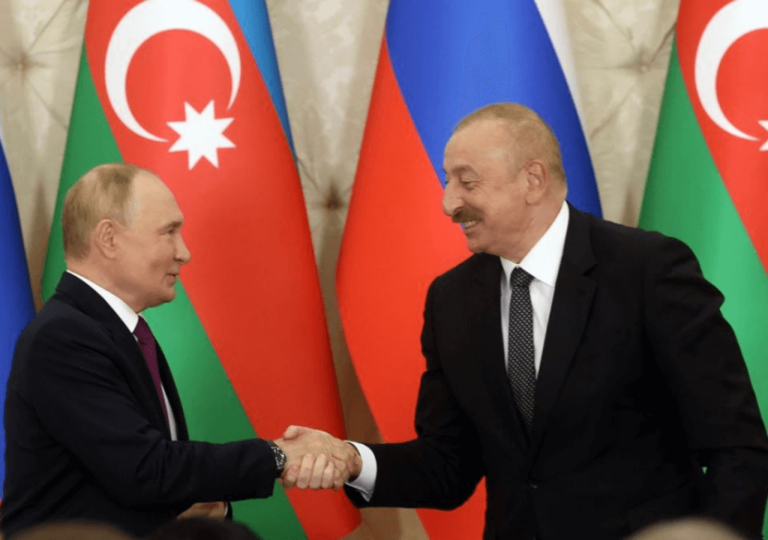
Azerbaijan's ruling party secures narrow victory in snap parliamentary election criticized by observers as lacking competition and democratic standards

Azerbaijan's ruling party secures narrow victory in snap parliamentary election criticized by observers as lacking competition and democratic standards
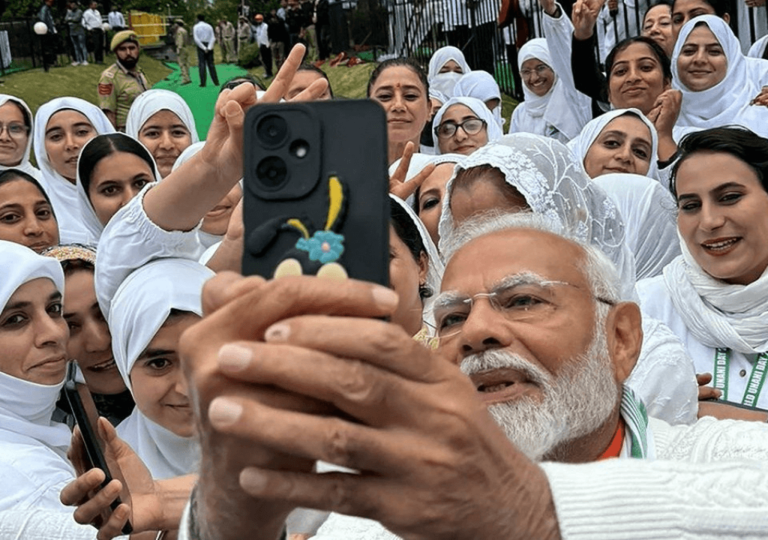
Jammu and Kashmir's upcoming elections are crucial, with significant implications for regional stability and governance
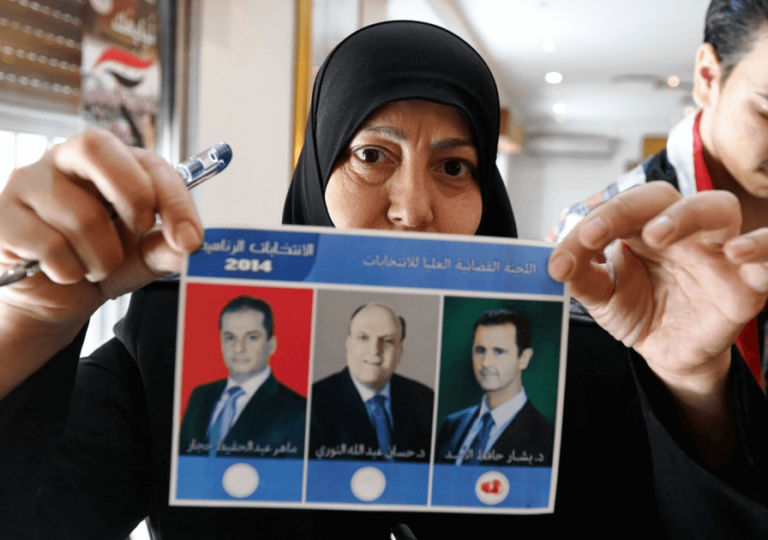
Bashar al-Assad's Syria holds sham parliamentary elections, with the Baath Party firmly in control and no real opposition.
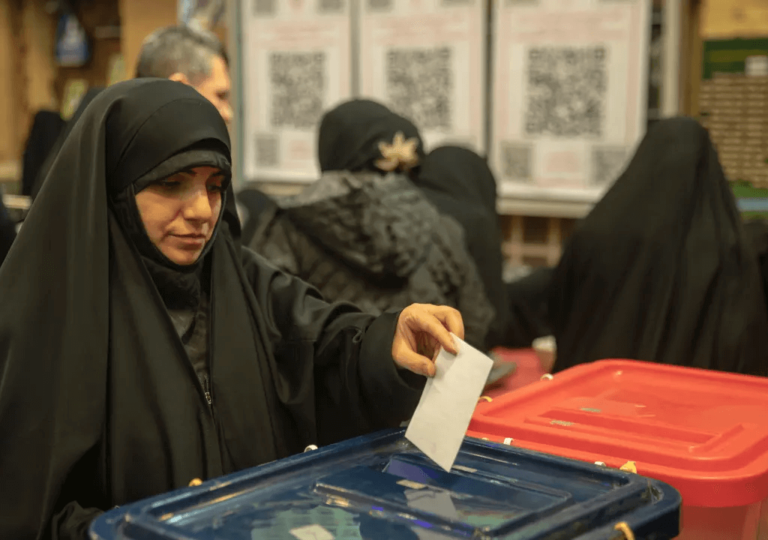
Low voter turnout in Iran's presidential election as reformist Pezeshkian and hardliner Jalili head to runoff.
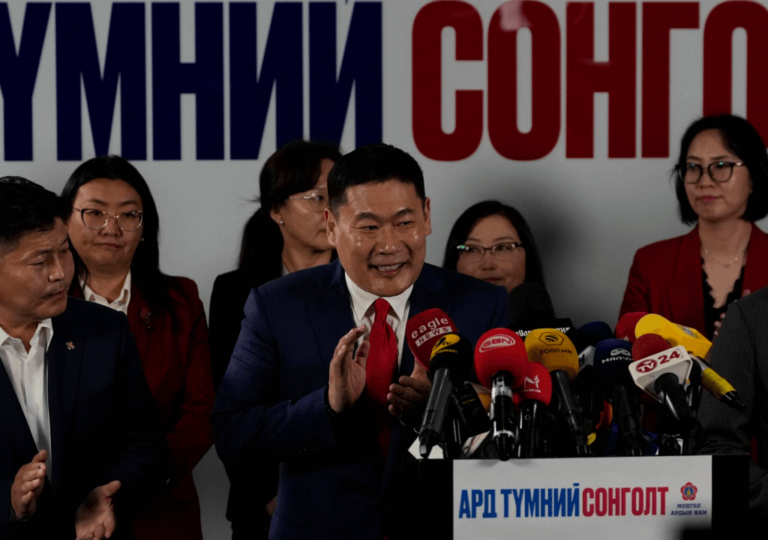
Mongolian ruling party wins reduced majority amid public anger over corruption and economy.
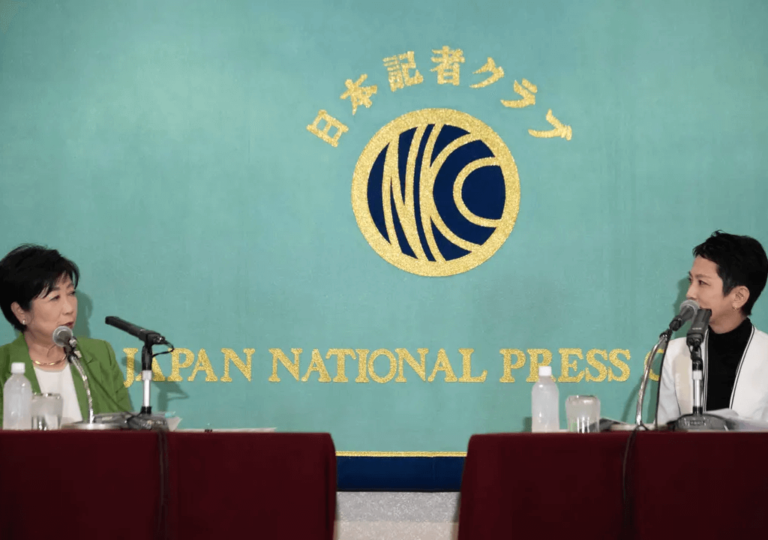
Tokyo governor race: Koike and Renho vie for city's top job amid demographic crisis
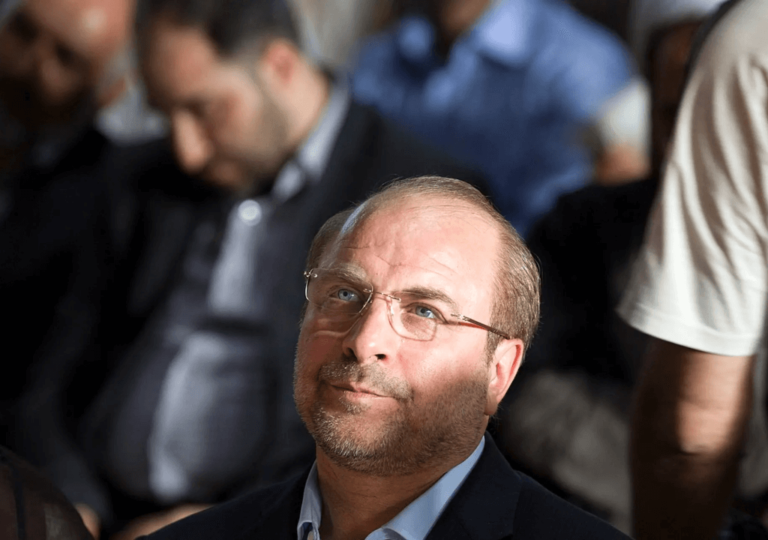
The upcoming Iranian presidential election is expected to maintain the regime's priorities of continuity and stability, with the likely winner being Mohammad Baqer Qalibaf, a conservative candidate favored by the military and the supreme leader's office.
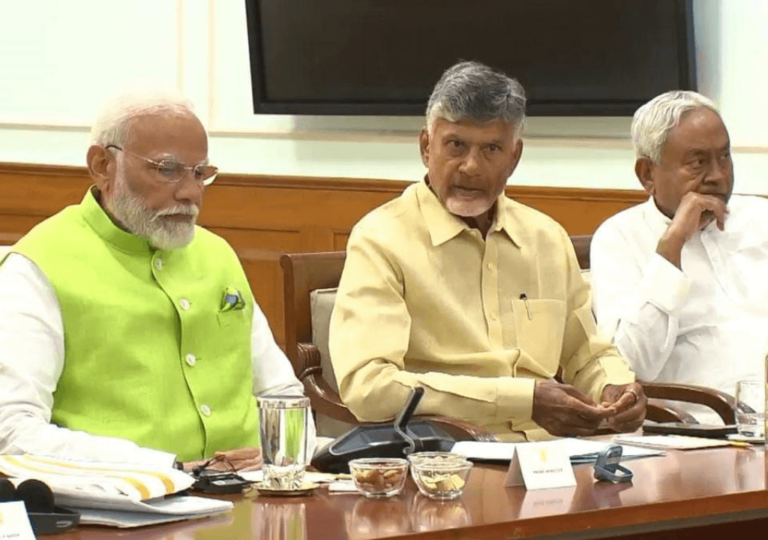
Despite winning 240 seats, the BJP's performance was seen as a setback for Modi's authoritarian tendencies and a sign that Indians value their democracy.

Find out how the ruling BJP's failure to secure a majority single-handedly will lead to negotiations and collaboration with various political parties.
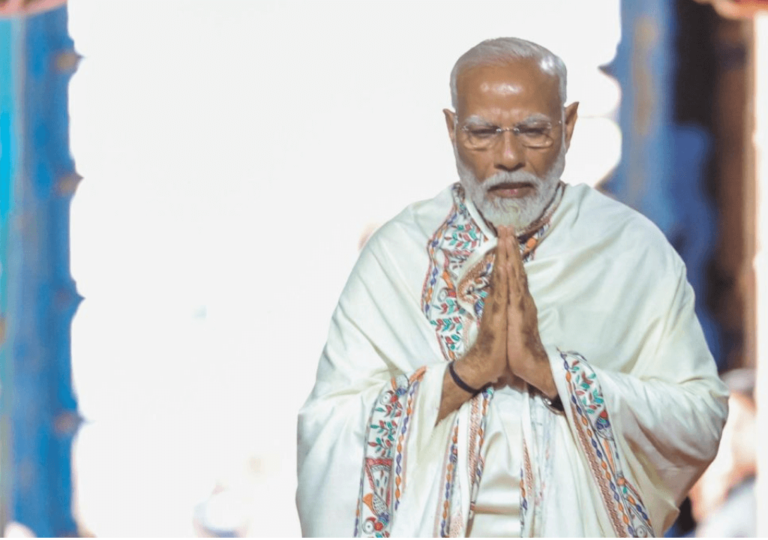
Prime Minister Narendra Modi is likely to secure a consecutive third term, which could lead to more actions fulfilling Hindu nationalist demands, including the formation of Akhand Bharat.